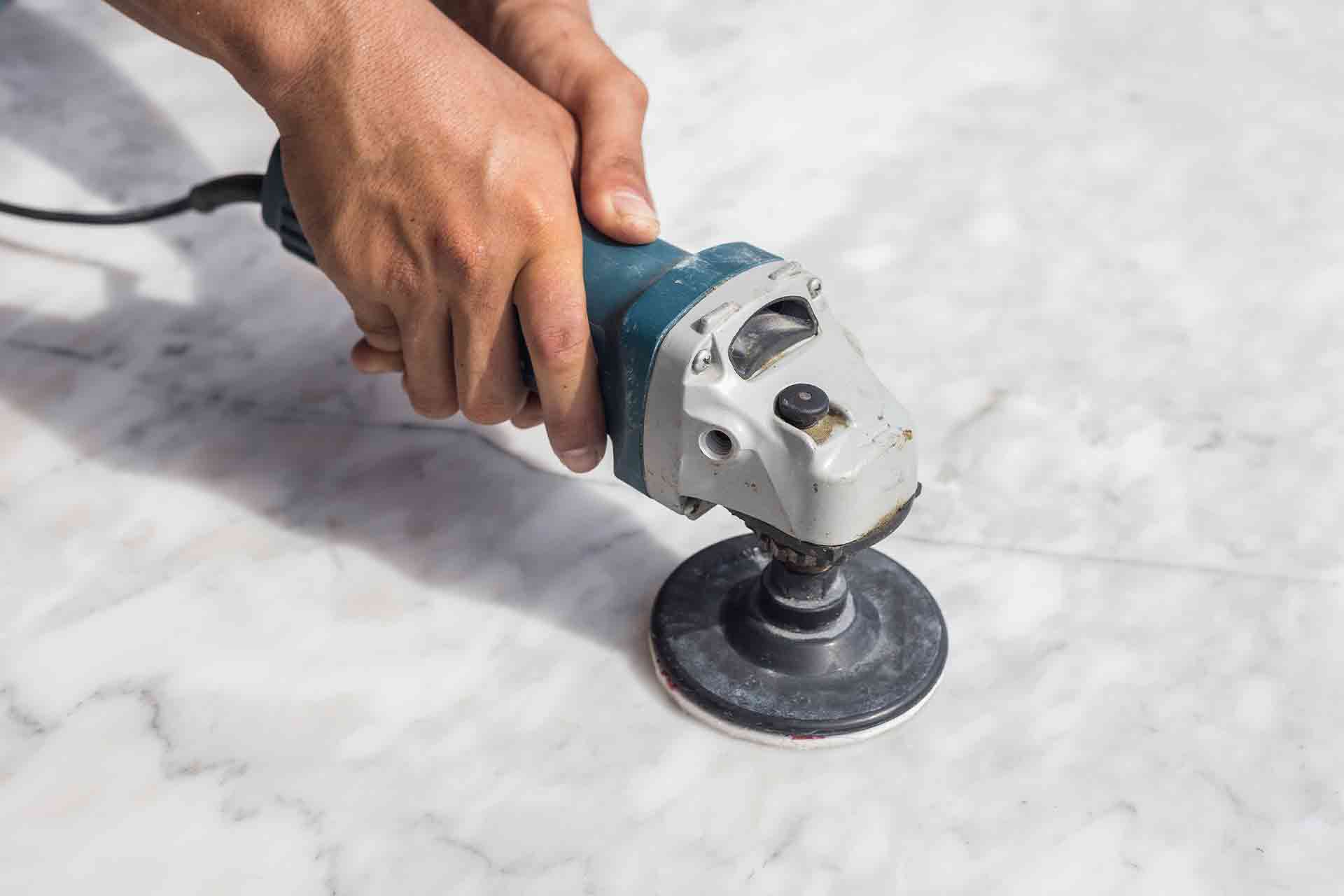Every traditional building tells a tale, etched into typically the very stones that will make up their structure. Over period, however, these gemstones can suffer by wear and damage, losing the beauty that will once defined these people. Stone restoration is definitely not merely a repair process; it is an skill that combines talent, knowledge, and some sort of deep appreciation regarding history. By understanding what stone repair entails, homeowners and even preservationists alike can easily ensure that these kinds of remarkable features are not only maintained but also commemorated for generations to be able to come.
In this comprehensive guide, we will certainly explore the several facets of stone restoration, including the particular advantages of engaging professional services versus tackling DIY projects. We will share points on maintaining plus restoring various types of natural rock surfaces, from marble and granite to limestone and travertine. As we delve into common mistakes in order to avoid, essential cleaning approaches, and the significance of proper securing, you'll much better prepared to make well informed decisions about preserving your stonework. Whether or not you're looking in order to restore a traditional site or keep the beauty of your current home, this post will function as your roadmap from breaks to crafts.
Understanding Rock Restoration
Stone restoration will be a meticulous process aimed at mending and revitalizing natural stone surfaces that will have experienced use and tear above time. This training not only enhances the aesthetic appeal involving stone materials nevertheless also extends their particular lifespan. Various aspects such as weather, usage, and upkeep practices contribute to the deterioration involving stone, leading to be able to issues like fractures, stains, and erosion. Comprehending the fundamentals regarding stone restoration may help homeowners and home managers preserve the particular beauty and ethics of their natural stone features.
A vital aspect of stone restoration is identifying the particular requires of the stone type involved. Various stones, such as marble, granite, limestone, and travertine, have unique properties in addition to vulnerabilities. Knowing just how to treat each type correctly ensures effective restoration. Professionals often utilize a mixture of techniques, such as cleaning, perfecting, sealing, and repairing chips or fractures, tailored to the material being reconditioned. This targeted strategy not only invigorates the stone but also protects it by future damage.
Stone repair also plays a substantial role in historic preservation. Many elderly buildings showcase delightful stonework that tells a story concerning the architectural design of their occasion. Through careful recovery, these historic elements can be preserved without compromising their own original character. This blend of artistry and technical skill highlights the significance of stone refurbishment in both residential and even commercial contexts, producing it a valuable purchase for maintaining the particular charm and features of stone floors.
Specialized vs. DIY Refurbishment
If it comes to stone restoration, homeowners often face the decision between finding a professional or getting a DIY approach. Specialized stone restoration companies offer expertise that comes from years of training and experience. Specialists discover how to evaluate the condition of typically the stone, choose the particular appropriate materials, plus utilize techniques that will are not only effective but also safe for typically the particular form of stone being restored. This specific ensures that the particular restoration process maintains the integrity plus longevity of traditional materials.
On the some other hand, DIY refurbishment can be a tempting option for all those looking to cut costs or enjoy some sort of hands-on project. With the useful info available online, it is easy to undertake basic upkeep and repairs oneself. However, without the proper knowledge in addition to tools, individuals may well inadvertently cause more damage or fall short to achieve adequate results. Comprehending the limitations of DIY function is crucial, like a projects can demand advanced skills which can be best left in order to professionals.
Ultimately, the option between professional in addition to DIY restoration will depend on the range in the project plus the homeowner's convenience level with maintenance. For minor cleanup and maintenance, DO-IT-YOURSELF methods may be enough, but for substantial repair work, especially on historic stones, using the assistance of a specialized is often the very best course of action. Careful consideration in the project's needs may help homeowners make a good informed decision of which protects their investment decision in stone areas.
Maintenance and Care regarding Natural Natural stone

Proper upkeep and maintain organic stone surfaces will be essential to protecting their beauty in addition to longevity. Regular cleaning is the foundation of this procedure. Use a pH-balanced jewel cleaner, as chemicals can damage the surface. For regular maintenance, comfortable material or sponge plus warm water will usually suffice. It's important to avoid abrasive scrubbers that can damage the stone. Guarantee spills are wiped up promptly to be able to prevent staining, specifically on porous gemstones like limestone and even travertine.
Sealing is another essential aspect of stone care. Most natural stone surfaces advantage from a top quality sealant that shields against moisture and stains. According to the sort of stone as well as the level of use, resealing should turn out to be done every 6 months to two decades. To see if your natural stone needs resealing, carry out a simple normal water test—if water beans up on the surface, the seal works well; if it soaks in, it’s time to apply a new layer.
Finally, consider the environment close to stone surfaces. Regarding outdoor stone, normal maintenance includes taking away debris, leaves, and organic matter of which can result in mildew and algae growth. In addition, monitor for any cracks or damage that will may develop over time, as early intervention can avoid more extensive recovery work. By prioritizing these maintenance practices, you can make sure your natural rock surfaces remain beautiful and sturdy for many years to come.
